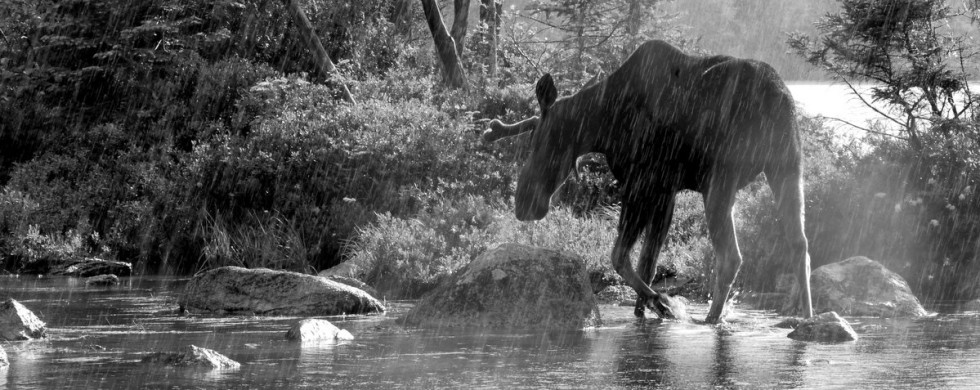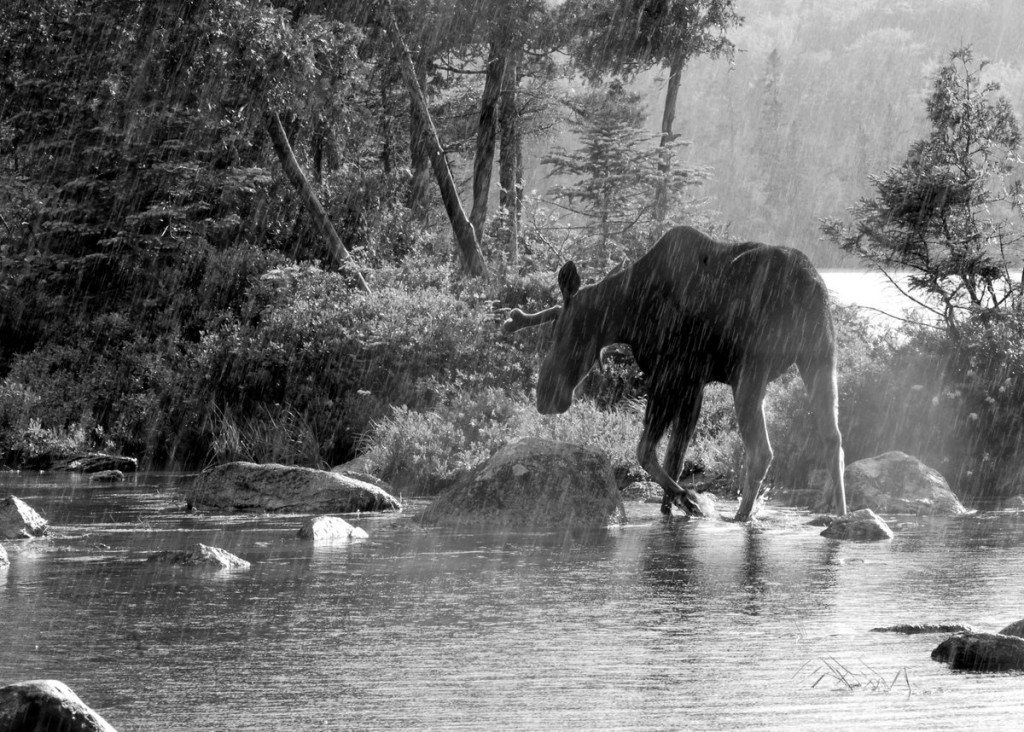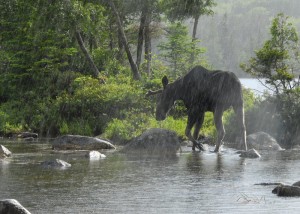
30
2015Seeing Beyond Color
Shot of the Month – March 2015
Much of my photography reflects my bias towards warm hues and vibrant colors. I am on record for preferring to photograph brightly colored birds over those draped in shades of brown.
Color photography shows a world that we are most familiar with as most humans see the world in color. Color images can evoke a range of emotions as broad as the spectrum of a rainbow.
That being said, some of the most powerful images ever captured are black and white (B&W), and much “fine art” photography is sans color.
For me, an image is about telling a story. Strong use of color can tell a great story. However, color can also be a great distraction. B&W images remove that distraction and allow the viewer to explore the world in a new way.
Removing the color from a shot changes the focus—it shifts the viewer’s attention from the colors to things that can be more abstract, less immediately noticeable, and it presents the world to us in a way that few of us are used to seeing it. It can, by the very removal of that familiar element, generate an intense amount of interest and a powerful feeling of drama that might otherwise be overwhelmed by the presence of the color. (Source)
In the original color image, I found the green bushes to be a distraction and the sharp color divide made the photo feel disjointed. Once I converted to B&W the photo seemed to be more visually coherent. And now the image was less about reporting what I saw, a moose in a rain shower, and became more universal in embodying mood and perhaps melancholy.
Some photographers are drawn to shoot in black and white because creating a compelling image without colors requires a strong understanding and mastery of the visual building blocks of a great photo: texture, tonal contrast, shape, form, and lighting.
A few pointers on making a worthy B&W image:
- Visualize in B&W but shoot in color. Yes, really. Best to shoot in color first and then convert later. You will have more data and options to work with.
- To visualize in black and white only pay attention to lines, shadows, and shapes.
- Look for contrast. Strong B&W photos usually have strong whites and deep blacks.
- Look for texture. (Think old barns and how great they look in B&W)
Learning to see the world in B&W will allow you to exercise a different set of visual muscles and will make your “colorful” stories even stronger.
Here is a good article on how to see in black and white.
Until next month….m
Nikon D200, Nikon 70-200mm f/2.8 VR (@110mm), 1/125 s, f/16, ISO 400



patricia mountjoy
Love the B & W.. The rain adds to the somber scene. Emphasizes the plight of the planet and the wild life with no control over their world changing. Sorta see self as the moose with head down at the folly of those who deny and prophet from ruining our Earth.
Jay Hilgartner
Michael,
This is a beautiful shot. In the color version, my eyes are drawn to the green foliage and the rain is, oddly, not as intense looking. In the B&W, the moose and the rain take center stage and it has something of a prehistoric look to it. I suppose that could be the B&W, though I don’t think of Ansel Adams’ photos as prehistoric looking. Anyway, great shot!
Michael
Thanks Jay, glad you enjoy it!